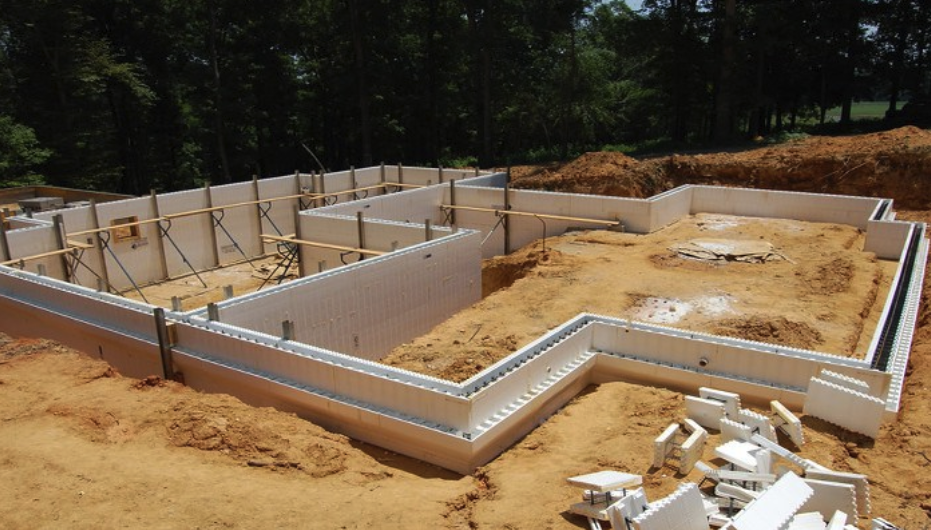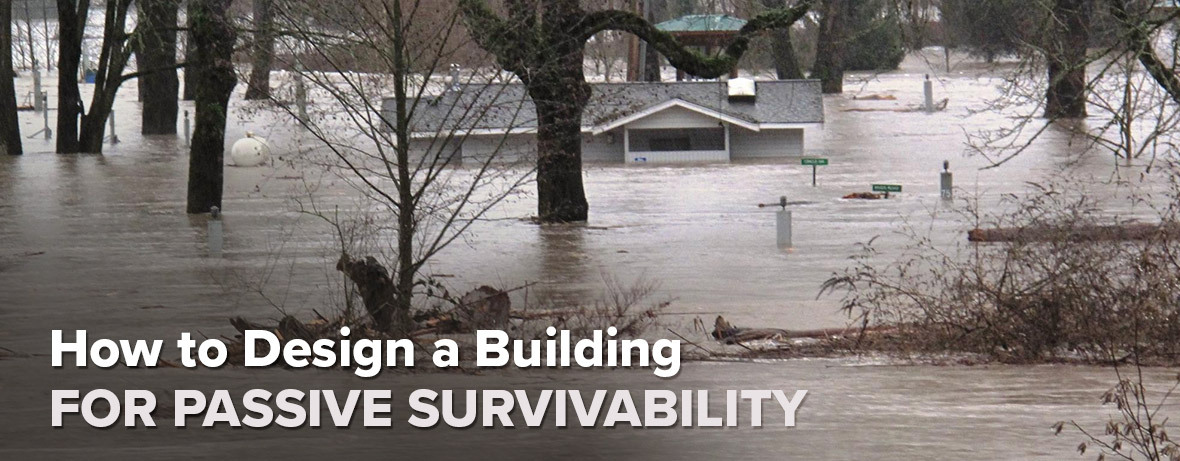
PARK CITY SOUND STUDIO
As with all movie studio projects, schedule was a critical element for this film production facility.

The New Basement: A Modern Housing Innovation
Basements are no longer a scary, damp, and musty area. Learn about the new basement and how it has become the modern housing innovation it is today.

Lock-and-Leave Home Design: How to Increase Your Free Time and Security
With so many homeowners looking for ways to cut back on their busy lives and enjoy more quality time with friends and families, the lock-and-leave home seems to be the perfect solution.

7 Characteristics of a Progressive Builder in 2020

14 Ways to Save Money on Building Your Home

What is the Optimal Foundation Wall Thickness?
A concrete foundation wall’s thickness plays an integral role in its long-term strength and durability. Local building codes mandate the foundation specifications, addressing conditions that affect the foundation thickness.

Design Considerations for Horse Barn Construction with Modern Materials

How to Design a Building for Passive Survivability

Why ZERH Builders Profits are Decreasing
Today’s homeowners demand energy-efficient and high-performing homes. As ZERH builders strive to accommodate these demands, they also struggle with decreasing profits.

6 Methods for Building Homes Faster in 2022
The building industry cites a lack of qualified construction workers as the major obstacle holding up their construction projects. Here are five ways builders can speed up home construction.